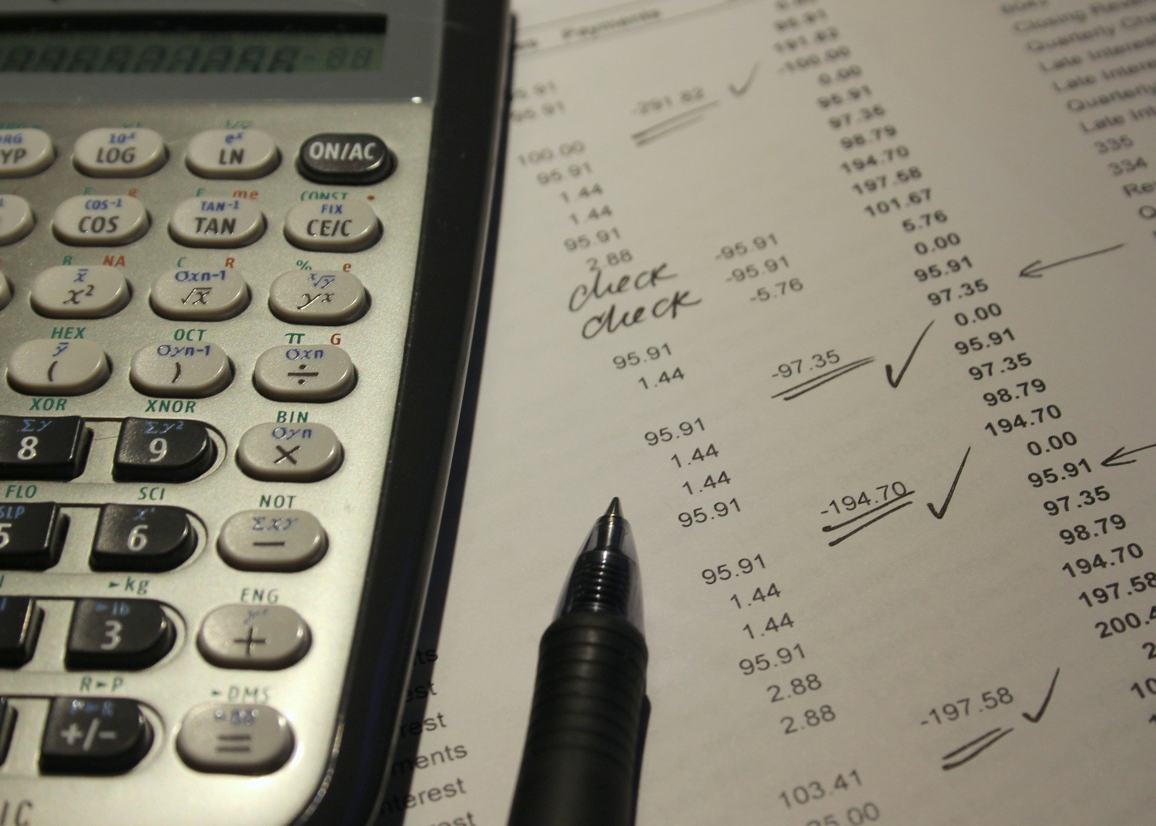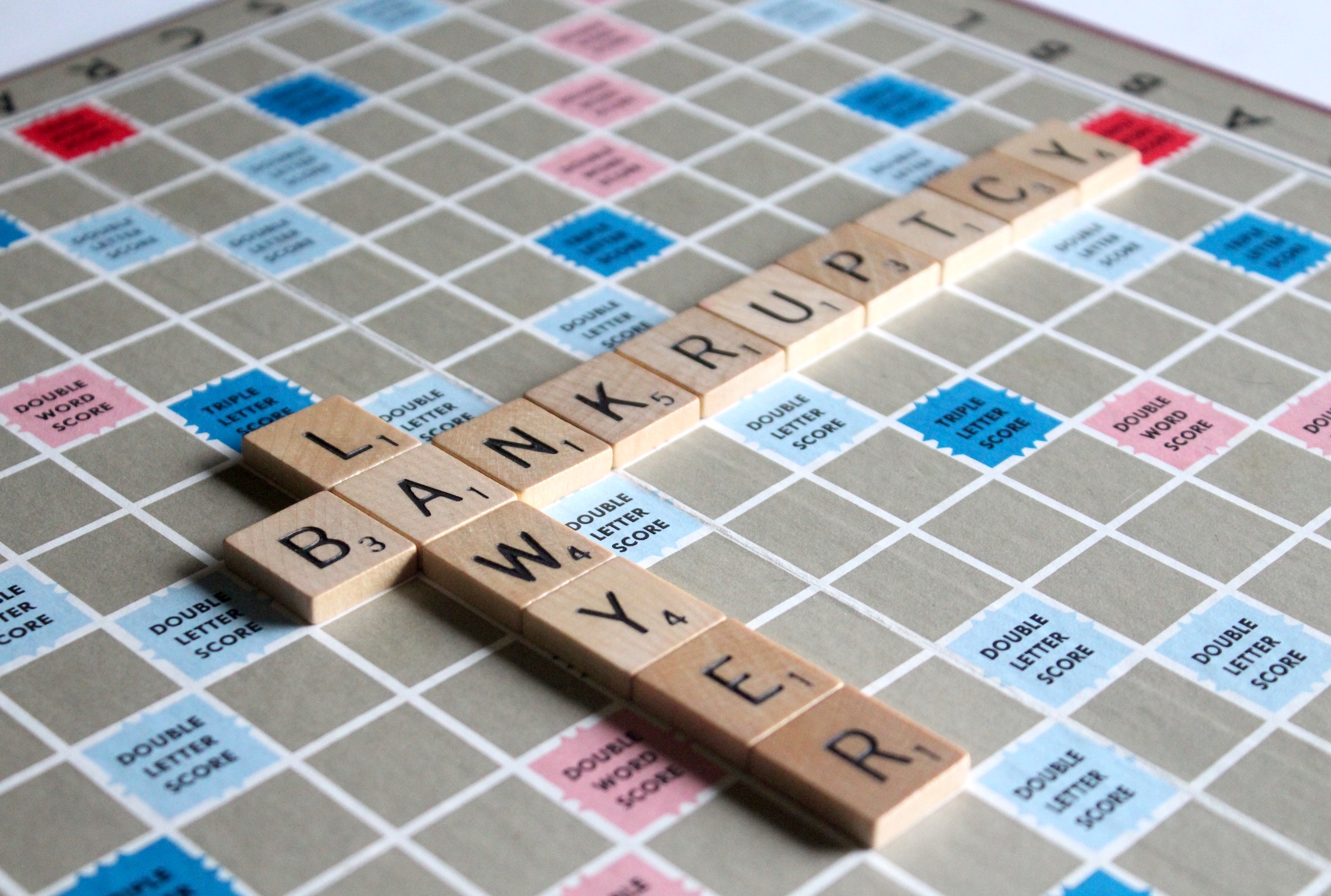When filing for bankruptcy in California, there is no cap on the total value of household goods that are exempt and cannot be sold to pay off creditors.
Sacramento, CA – Maybe not everything, but you can keep your most valuable assets when you file for bankruptcy in Sacramento. If that sounds good to you, all you have to do is speak with trustworthy lawyers before taking any action. Let them help you choose the best type of bankruptcy for your situation and guide you through the process. If you do it right, most of your debts will be discharged and you’ll get to keep most of your assets.
Chapter 7 or Chapter 13? That is the question
First of all, you must determine what type of bankruptcy you qualify for. To be able to file under Chapter 7 in California, your household income must be below the average income for a family of your size. If your income is above the state median, you need to take the so-called means test. The threshold for this test is updated regularly to account for inflation, so rather than trying to wrap your head around it, you should seek help from experienced Sacramento bankruptcy lawyers. They will have a look at your financial situation, advise you whether you should file for Chapter 7 or 13, and, if necessary, point out certain loopholes you can use to qualify for the procedure that would solve your problems.
How to keep your house and your car when filing for bankruptcy
Unlike other states, California does not allow people filing for bankruptcy to use federal exemptions. You must use California’s bankruptcy exemptions whether you file for Chapter 7 or 13. This is actually a good thing, as state exemptions are more favorable than federal ones.
The Homestead Exemption
California uses two sets of exemptions, known as System 1 and System 2. The former is also known as the Homestead Exemption as it allows you to keep your house, whether it is a single-family home, condo, mobile home, or even a boat.
If that is not your main concern, you may want to opt for System 2, commonly referred to as the Wildcard Exemption. This allows you to keep more of your personal belongings, especially if you don’t use the homestead exemption at all. If you’re a renter, System 2 might be more suitable for you, but only knowledgeable California bankruptcy lawyers can tell you which system to go for.
The Car Exemption
To save your car when filing for bankruptcy, you must understand the concept of equity, as it is applied in bankruptcy laws. To put it simply, equity represents the true ownership or liquidation value of an asset, such as your car. Equity is determined by subtracting the value of any lien or debt on the asset from its market value. For instance, if your car is worth $5,000 and there’s a lien of the same value on it, the equity is basically zero. You sell the car, pay the debt and there’s nothing left.

In California, when using System 1 exemptions the protected equity is $3,625, while under System 2 the protected equity is $6,375.
It’s not as complicated as it sounds and skilled Sacramento bankruptcy lawyers can easily tell you if you get to keep your car or not.
Unlimited household goods
When filing for bankruptcy in California, there is no cap on the total value of household goods that are exempt and cannot be sold to pay off creditors. You can keep your furniture, appliances, clothing, sports equipment, etc. However, if you use System 2 the value of an individual item must not exceed $800. This means you cannot keep luxury goods. If, for instance, you have a state-of-the-art TV, worth $3,000, the trustees can sell it to pay your debt. If it’s a rather old TV, barely worth $500, you get to keep it.
Tip: Since you’ll be dealing with lawyers and court clerks, now would be a good time to educate yourself a bit on legal matters.


Join the conversation!